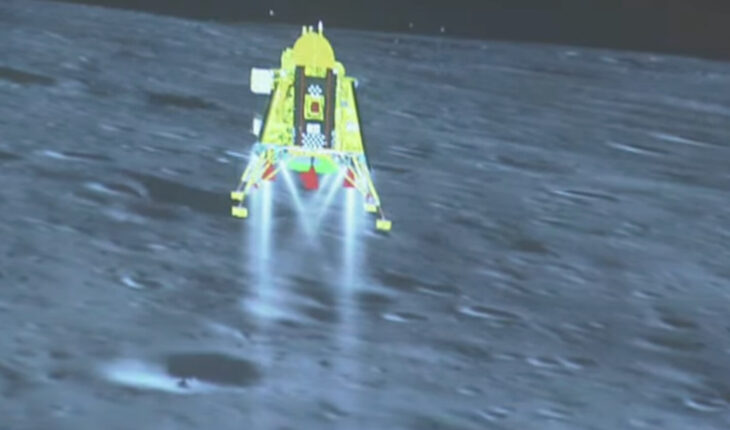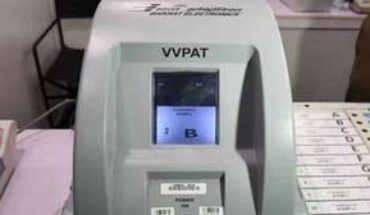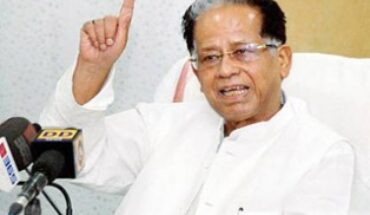Bengaluru : India on Wednesday scripted history with the successful soft landing of its lunar mission Chandrayaan- 3 on the South Pole region of the Moon. It was a historic day for the country as the Indian Space Research Organisation’s (ISRO) Chandrayaan-3 conquered the Moon. The achievement has not only made the entire nation proud but also opened up a wave of opportunities for several sectors that could boost India’s economic growth, bringing the country closer to its dream of becoming the third-largest economy in the world. With this achievement, India has become the first country to land on the Moon’s challenging South Pole region. The space agency ISRO announced the landing with sparking cheers and applause among the space scientists watching and wrote, “India, I reached my destination and you too!’: Chandrayaan-3.” PM Narendra Modi congratulated Indians and space scientists for the achievement. ‘India will remember this day forever’ PM Modi said attending occasion virtual. Congratulating the team of scientists at ISRO, PM said, “India’s successful moon mission is not India’s alone…Our approach of one earth, one family one future is resonating across the globe…Moon mission is based on the same human centric approach. So, this success belongs to all of humanity.”
The Lander Module (LM) of the ISRO third lunar mission Chandrayaan-3, launched on July 14, making India only the fourth country after the erstwhile USSR, the U.S. and China to make a soft landing on the lunar surface. Precisely at 6.03 p.m. the lander touched the lunar surface and there were euphoric celebrations at the Mission Operations Complex (MOX) at ISRO Telemetry, Tracking, and Command Network (ISTRAC), Bengaluru. In a few hours from now the Lander will deploy the Rover which will carry out in-situ chemical analysis of the lunar surface during the course of its mobility. The Lander and the Rover with a mission life of one Lunar day (14 Earth days) have scientific payloads to carry out experiments on the lunar surface. Given the history of India’s second lunar mission, which failed during the last 20 minutes before landing, ISRO was extra-cautious this time in the process. The real test of the mission began at the last leg of the landing. Prior to 20 minutes before landing, ISRO initiated Automatic Landing Sequence (ALS). It enabled Vikram LM to take charge and use its on-board computers and logic to identify a favourable spot and make a soft-landing on the lunar surface. India’s current space market is worth around $8 billion and has been growing at about 4% annually in the last few years, compared to 2% globally.
India’s space economy is likely to touch $40 billion by 2040 and a successful Chandrayaan-3 mission may help India achieve the target much sooner as more countries are expected to approach India for launching their satellites, said analysts and expect India’s space sector to capitalise on a reputation for cost-competitive engineering. The Indian Space Research Organisation (Isro) had a budget of around just $74 million for the mission.






